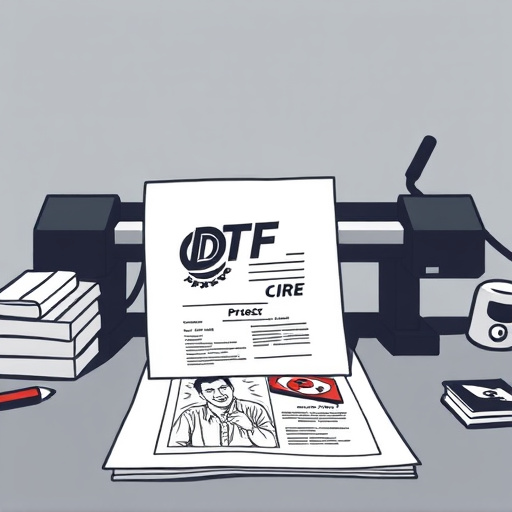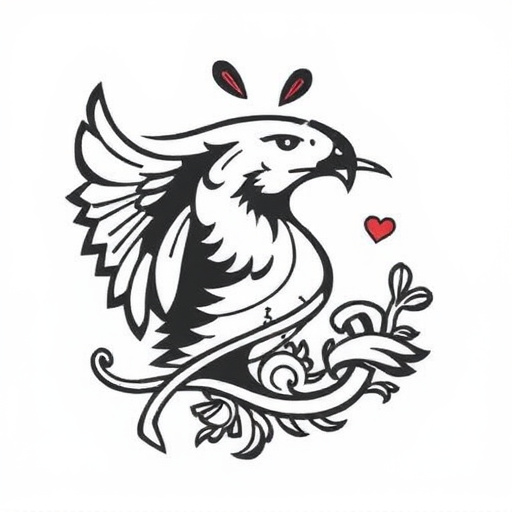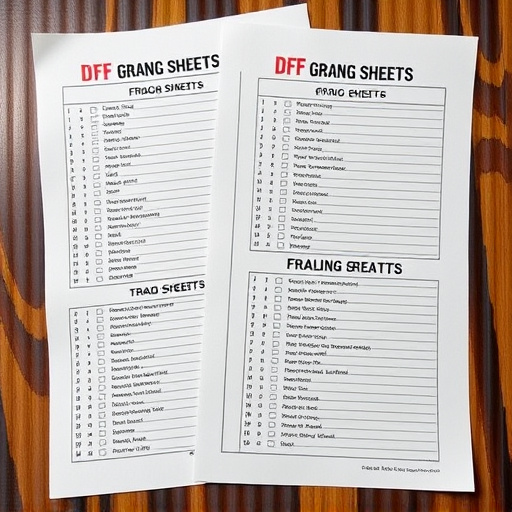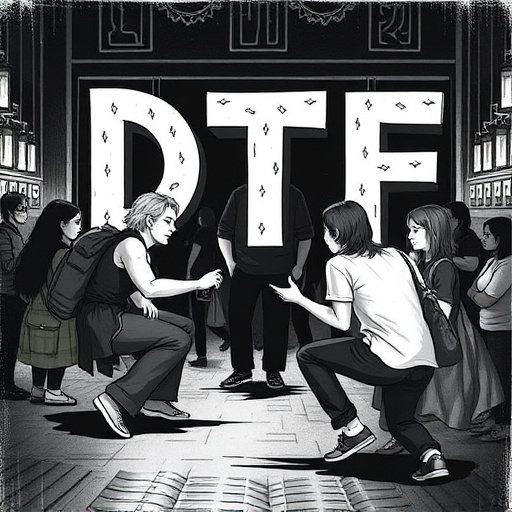DTF Transfer Sheets utilize heat and pressure to directly print onto fabric, offering a versatile, high-quality solution for custom apparel. Pre-press preparation involves cleaning, aligning, and testing ink compatibility. Precise pressing techniques ensure accurate design transfer without burn marks or smudging, especially for intricate multi-colored designs on dark fabrics.
“Unleash the full potential of your design projects with a comprehensive guide to pressing DTF (Direct to Film) transfer sheets. This article delves into the art and science behind these versatile materials, offering valuable insights for both beginners and seasoned professionals. From understanding the fundamentals of DTF sheets and their diverse applications, to mastering pre-pressing preparation and refining pressing techniques, we’ll equip you with best practices for consistently achieving exceptional transfer results.”
- Understanding DTF Transfer Sheets: Materials and Uses
- Pre-Pressing Preparation: Essential Steps for Quality
- Pressing Techniques: Achieving Optimal Transfer Results
Understanding DTF Transfer Sheets: Materials and Uses
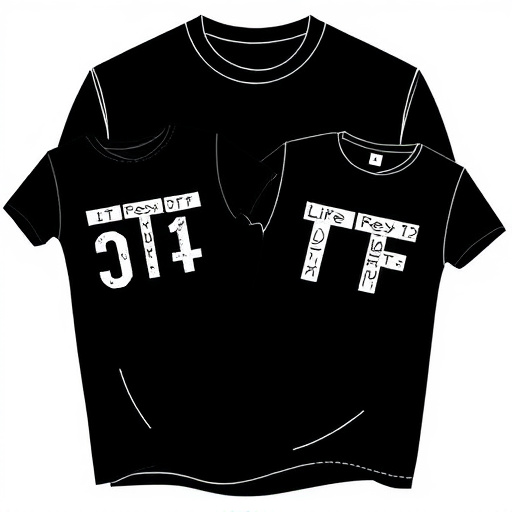
DTF Transfer Sheets, short for Direct-To-Film, are revolutionary tools in the textile printing industry. These sheets serve as a medium to transfer designs directly onto fabric using heat and pressure. The process involves applying ink to the sheet, which then bonds with the fabric during a pressing session. DTF prints offer exceptional quality and vibrancy, making them popular for creating custom apparel like personalized hoodies.
These versatile sheets find extensive use in bulk dft shirt production, allowing businesses and designers to effortlessly bring unique designs to life. The materials used in DTF Transfer Sheets ensure long-lasting colors and crisp details, catering to both small-scale enthusiasts and large-scale manufacturers. Understanding the capabilities of these sheets is key to unlocking their potential for diverse creative applications.
Pre-Pressing Preparation: Essential Steps for Quality

Before pressing DTF (Direct to Garment) transfer sheets, proper preparation is key to achieving high-quality results. The pre-pressing stage involves several essential steps that ensure the design is accurately transferred onto the garment. First, it’s crucial to clean and decontaminate both the sheet and the fabric to prevent any debris or oils from compromising the print quality. This simple step goes a long way in ensuring a crisp and precise transfer.
Next, checking the alignment of the design on the sheet is vital. Misalignment can result in off-center prints or even partial transfers, damaging the final product. Using a transparent overlay or a precision alignment tool allows for exact positioning, especially when working with intricate or multi-colored designs. Additionally, testing the ink and fabric compatibility is essential, particularly for light fabrics, to guarantee that the DTF printer produces vibrant colors without bleeding or smudging during the pressing process.
Pressing Techniques: Achieving Optimal Transfer Results

Pressing techniques play a significant role in achieving optimal results when working with DTF Transfer Sheets. The process involves carefully applying heat and pressure to ensure the design is accurately transferred from the sheet to the fabric. One of the key practices is to maintain consistent pressure throughout the press, allowing for even heat distribution and minimizing the risk of burnt or patchy transfers.
Additionally, the timing of the pressing operation is crucial. Allowing enough time for the heat to activate the adhesive on the DTF transfer film while ensuring it doesn’t over-heat or cause discoloration of the fabric is essential. For best results with DTF printing on dark fabrics, a slightly longer press time may be required to penetrate the fabric’s color and achieve a vibrant final design.
DTF Transfer Sheets are a versatile material that, when used correctly, can significantly enhance printing projects. By understanding the materials and applications, pre-pressing preparations, and precise pressing techniques outlined in this article, you’ll be equipped to achieve exceptional transfer results. Adhering to best practices ensures not only high-quality prints but also streamlines your workflow, making DTF Transfer Sheets a valuable asset for any print enthusiast or professional.









